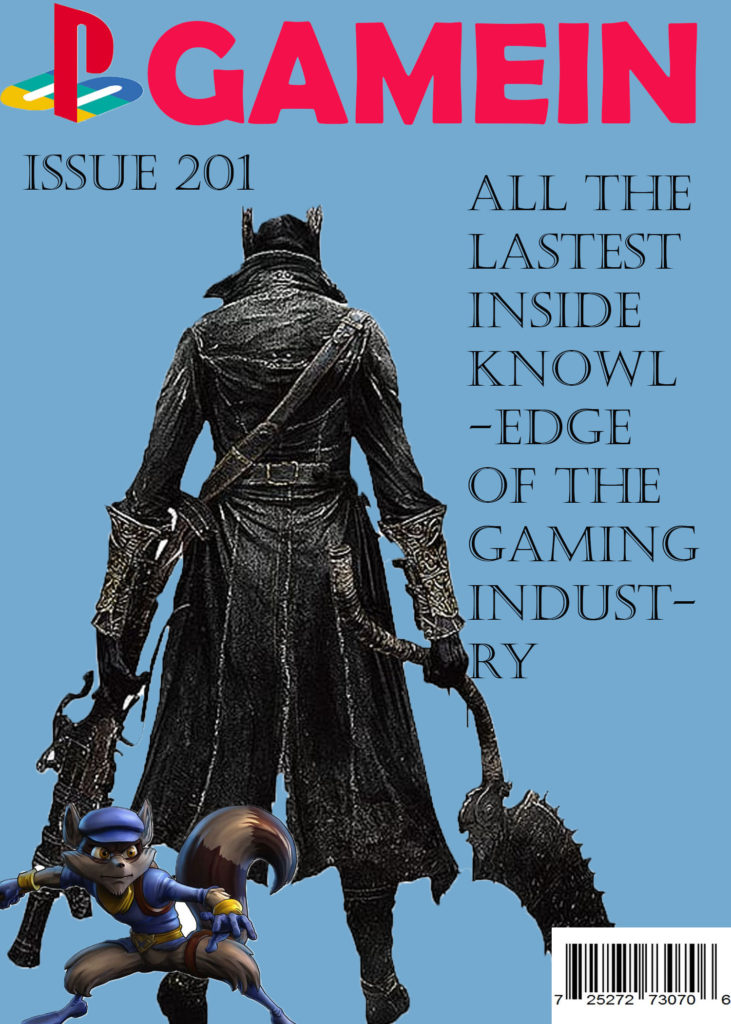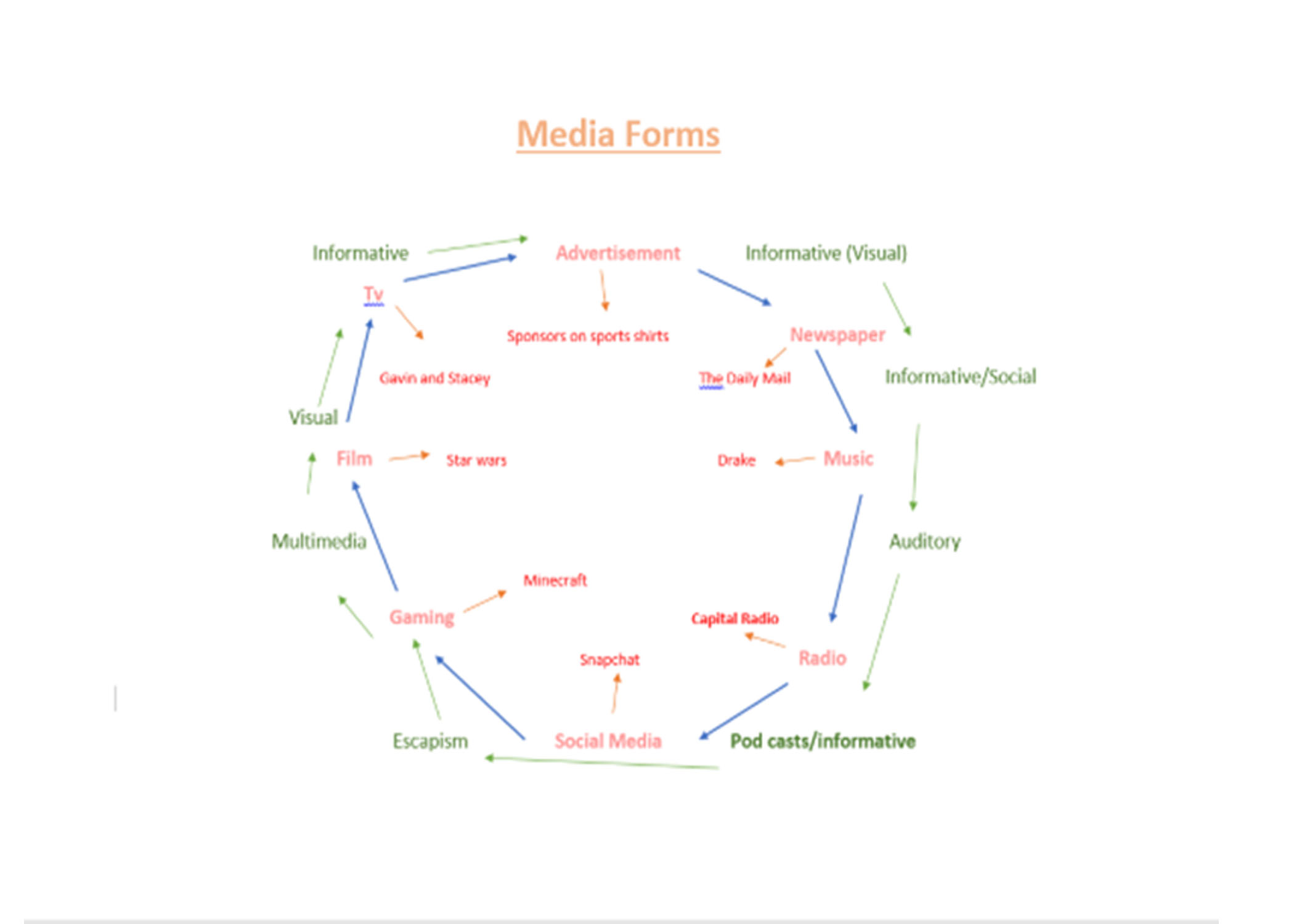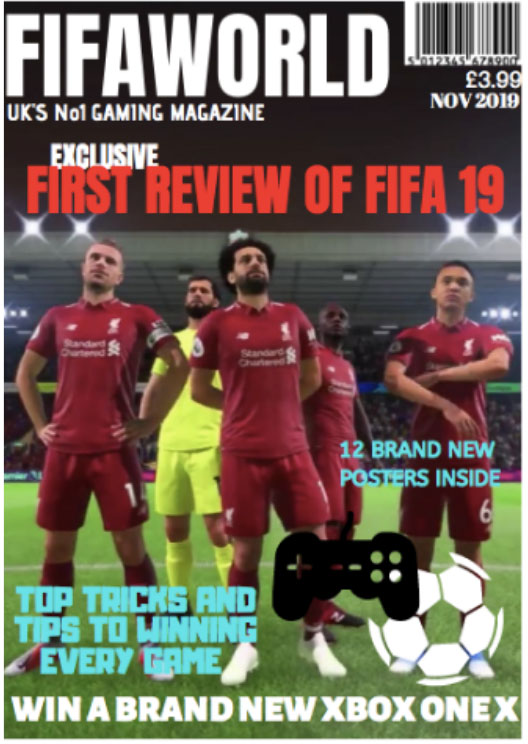- Barthes – the theorist who studied semiotics and developed the theory of semiotics
- Pierce – CS Pierce, a philosopher, theory of signs , indexical, iconic and symbolic
- Saussure – a swiss linguist and semiotician, the signifier and the signified
- Semiotics – the study of signs
- Sign – an object/thing/element
- Signifier – A signs physical form (sound, word, image or action)
- Signified – the meaning or idea expressed by a sign
- Iconic sign – a sign that has a direct connection to its object
- Indexical sign – a sign that has an indirect link to its object
- Symbolic sign – a sign that has a random link to its object
- Code – something that represents something and has meaning
- Dominant Signifier – a mainly accepted form of a sign.
- Anchorage – a dominant sin to fix meaning
- Dominant Ideology – a set of beliefs
- Paradigm – a collection of signs
- Syntagm – a sequence of signs
- Signifcation – the process of creating signs
- Denotation – what symbol/object is clearly/ obviously there, what you can see
- Connotation – what a symbol/object implies/ what its meaning is
- Myth – something thats made up but loads of people believe, Barthes suggests we should question them
- A radical text – challenges a dominant ideology
- A reactionary text. – supports dominant ideology
Category Archives: Uncategorized
Filters
Definitions
Barthes, A leading theorist of the study of semiotics.
Pierce, Theorist that investigated iconic, indexical and symbolic signs.
Saussure, A Swiss semanticist and linguist. (signified and signifier)
Semiotics, the study of signs and symbols.
Sign, A signal or an action that gives instruction and information.
Signifier, a physical sign (sound, image or printed)
Signified, The meaning or idea that has been expressed by a sign.
An Iconic sign,
which has a direct connection to its’ object (ie it looks or sounds like the object)
An Indexical sign,
which has an indirect link to its’ object (think smells)
An Symbolic sign,
which has a random or arbitary link based on a shared knowledge or an agreement, for example, a shared culture or language (think letters, words, writing, shapes, squiggles, colours, sound effects, facial expressions, hand gestures, clothing, hair styles, etc)
Code, A series of numbers, words or symbols that represents something and has meaning.
Dominant Signifier, The main meaning of a sign.
Anchorage, Anchor fixes your meaning the sign that provides clear meaning.
Ideology,
a system of ideas and ideals.
Paradigm,
a typical example or pattern of something.
Syntagm,
unit with a set of linguistic forms that are in a sequential relationship to one another. A sequence of signs.
Signifcation,
Representation or conveying of meaning. Process of creating signs.
Denotation,
the literal or primary meaning of a word.
Connotation,
The idea or feeling which a word invokes for a person.
Myth, A false belief, idea or story that isn’t 100% true.
Dominant Ideology, Dominant set of beliefs/ideas
A radical text, challenges a dominant ideology
A reactionary text, supports dominant ideology
Key Terms
Barthes- a french philosopher who developed the ideas of semiotics.
Pierce- an american philosopher who studied the idea of different ways of communication and the idea that things could be split into three sections, iconic, symbolic or indexical.
Saussure- was a Swiss linguist and semiotician. He theorised in language and the connections between their meanings associated with the language. He developed the ideas of signified and
Semiotics- the study of signs and symbols and how to interpret them.
Sign- an object or gesture that shows an intention or idea.
Signifier- a signs physical form for example sound. (Saussure)
Signified- the meaning of a something expressed by a sign. (Saussure)
An Iconic Sign- a representative symbol of an object or person for example a picture of the queen.
An Indexical sign- An indirect communication for example colour
A Symbolic Sign- letters
Code- a communication of rules or orders.
Dominant Signifier- main sign for example the JEP’s dominant sign is the tile JEP.
Anchorage- the fixing of meaning towards the sign
Ideology- a set of ideas or beliefs
Paradigm- a collection of signs
Syntagm- a sequence of signs that work together. Number of signs need each other for it to be right or make sense.
Signifcation- the representation or conveying of meaning.
Denotation- the object
Connotation- the meaning of the word
Myth- a belief that lots of people believe in however it isn’t true.
Radical text- challenges a dominant ideology.
A Reactionary Text- supports dominant ideology.
Dominant Ideology- dominant attitudes ideas and beliefs.

AS Summer Task

- An iconic sign – which has a direct connection to its’ object (ie it looks or sounds like the object)
- An indexical sign – which has an indirect link to its’ object (think smells)
- A symbolic sign – which has a random or arbitary link based on a shared knowledge or an agreement, for example, a shared culture or language (think letters, words, writing, shapes, squiggles, colours, sound effects, facial expressions, hand gestures, clothing, hair styles, etc)
Iconic sign- picture of game character is a direct link to the actual character
Indexical sign- character holding a weapon is an indexical sign to violence
Symbolic sign- play-station logo, background colour
C S Pierce
3 Different types of signs
Symbolic- has a random link to its object e.g. color, shapes, textures.
Indexical- a sign that has a link to its object e.g. sounds, props.
Iconic- a sign that looks like an object e.g. sets, camera work.
Signs on my Pre As poster.
Symbolic- the letters and text in my poster are symbolic as they can be interpreted any way you like.
Indexical- the colour of the fonts, for example blue makes me thinks of calm and red makes me think of anger. The picture of pac man could be indexical to childhood and youth as well as old fashion.
Iconic- pac man, and the picture of the character firebreak
C S Pierce

Media Forms

Summer Task
I based my gaming magazine around the digital football game called FIFA. One of my intentions for the magazine was to make sure it stands out on the shelf and that it was clearly about the game Fifa. The target audience is young men and boys who have an interest in football and the game FIFA. I named my magazine FIFAWORLD which clearly represents the idea and concept of the magazine. I made the masthead stand out by using a bold font called Anton and using the colour white on a dark background. The title is clearly in the top left corner covering most of the width of the page. The idea was to make sure that the title was easily recognizable and stand out on the page. I also wanted to make sure the date, barcode, and the price was clearly visible as well. I also placed my tagline “UK’s No1 gaming magazine” under the title. This is to show the gaming image of the magazine and will show the concept of the magazine. Using the terminally “No1” is effective as it connotes that the magazine is good and worth buying.
Another key intention of my magazine was to make it appeal to the target audience by using competition to win an Xbox. As the target market is gamers this will appeal to them. I placed this across the bottom of the cover in bold, white capitals to make it eyecatching and stand out. Another technique to make it stand out to the target market was my main cover line. “Exclusive first review of FIFA 19.” Again using bold font and the colour red. Using the word exclusive connotes that the article is only in this magazine and is, therefore a must-have. The background of the magazine is a picture of the game with some of the players from the game. There is also a football and a game controller just to create the imagery around the game. My colour scheme was white, red and blue which are quite bold and bright colours. The other overlines I used about the posters inside and the top tips on playing the game are again to make the magazine more appealing and give some information about what’s inside and what type of articles there are. I used a different font and a bright blue colour to make these cover lines stand out from the title and the background image.
Overall the main ideas and concepts of the magazine were to make sure that it was clearly representing the game Fifa and appealed to the right target market. I think using the colour scheme I used and the bring images made it look eye-catching and standout on the shelf. I think it also clearly represents the game as I have used an image from the game and added the image of the game controller. This also adds to the overall image of the magazine along with the fonts and the colors.

- An iconic sign – which has a direct connection to its’ object (ie it looks or sounds like the object)
- An indexical sign – which has an indirect link to its’ object (think smells)
- A symbolic sign – which has a random or arbitary link based on a shared knowledge or an agreement, for example, a shared culture or language (think letters, words, writing, shapes, squiggles, colours, sound effects, facial expressions, hand gestures, clothing, hair styles, etc)
Iconic signs
- The backround image of the players
- The football clipart
- The game contoller clipart
Indexical signs
- The football stadium is an indexical link to football
Symbolic signs
- The title FIFAWORLD links to the game Fifa
- The colour red symbolises fire and passion for the game.
- The colour white symbolises the kits and the field
- The colour blue symbolises masculineity.
summer work: plan and ideas

Gaming magazine design
Cinn Balcombe
Unfortunately, I lack the tools to create this magazine cover right now. However, I can still use the original plan and explain my process.
1 and 2:
Inserting a small area of text means that vital information about gaming news will be displayed as well as it being in a large enough, visible font as well as being short in length but just long enough to keep the attention of the reader, for example, it could say “nintendo announces new pokemon for sword and shield? More on Page 34”. This means that a small line is used to “hook” the reader into purchasing the magazine so that they can know more. This is used to display less popular games, with the most popular and anticipated game on the front.
3:
The title of the magazine must be bold, clear, and have a design that is unique and noticeable. The name of the magazine must be easily seen, so that frequent readers can spot the magazine easily, as well as those looking for a good gaming magazine within other different types of magazine. The title must also show the genre of “gaming magazine” clearly, for example, gaming weekly or something of the like. This easily shows to the reader what to expect.
4:
A video game title is generally used to interest those who are fond of the specific game shown, and it is usually followed by the game’s mascot on the front cover, or a popular character from the series. The logo should be large and easily seen from far away in order to catch the eyes of those passing by.
5:
A video game character is used in a similar purpose to the video game title but can also be used for those who do not know the series but recognise the character. This means that anyone who enjoys the idea of the series can know what the main article is about and can easily read more about their favourite characters. The idea of a character appeals more to children who do not know what the series is called but know the character, as the title always matches the character.
6:
A short sentence about the game is useful as it shows short and sweet information about the game. This hooks in the reader into reading, as they would like to know more about this. The hook is usually something major, which hooks them into reading it more.
7:
The background is usually game related, normally following a screenshot of the game on the title, displayed as a background. A background does not add much, but without it, the magazine is incomplete.
This magazine could be for anybody, but it is mostly aimed for teenagers and young adults.
Signs
Iconic:
Video game character, could be a console,
Indexical:
Logo, video game character,
Symbolic:
any text, letters, shapes (the squares of text on the front cover),
